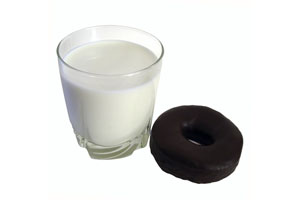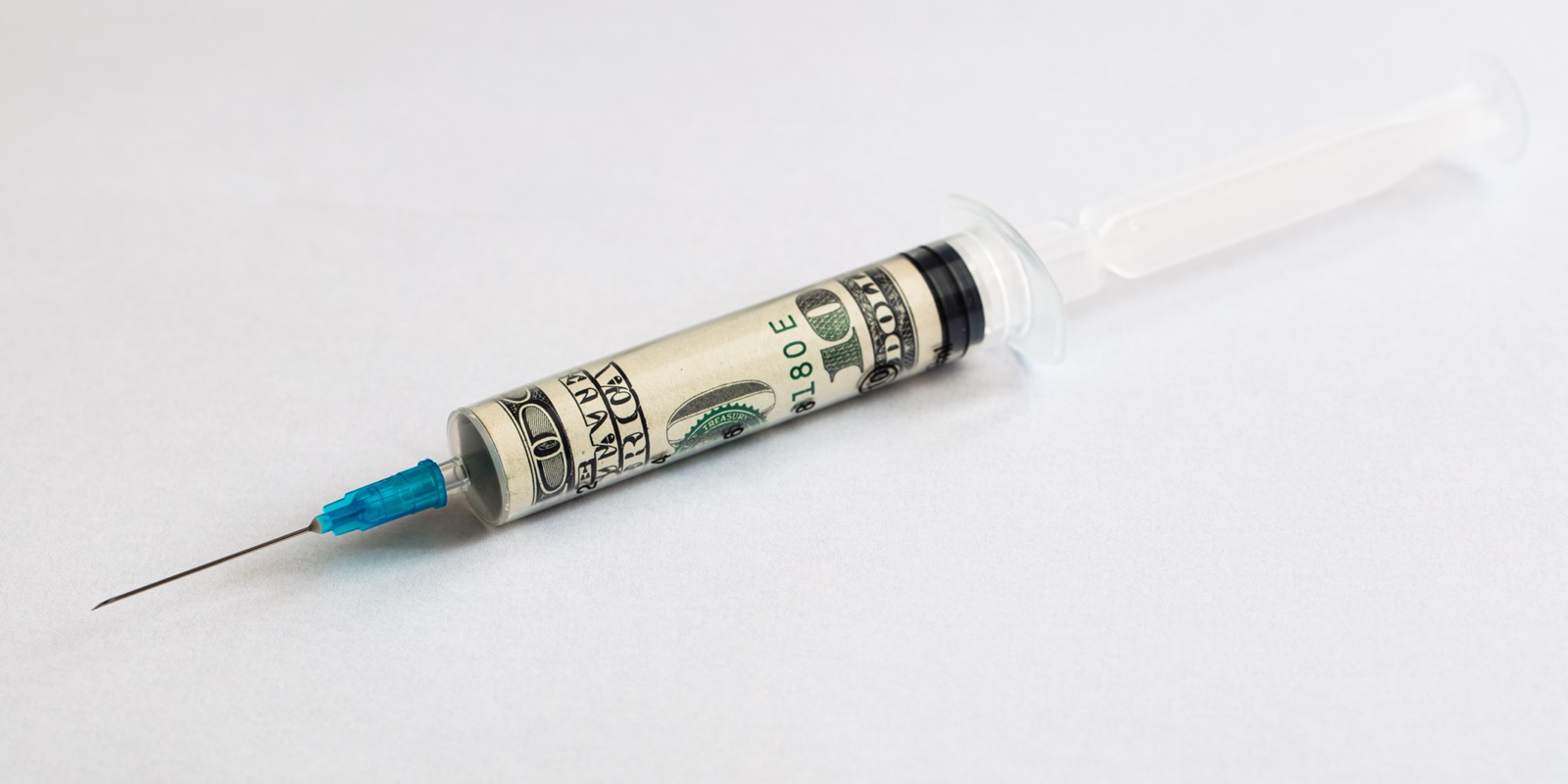Most distributors can safely increase margin by 1 to 2 points following the example of their local grocery store. Consider how your store prices milk and doughnuts:
You go to the grocery store to buy a gallon on milk. And on the way to the register, you pick up a box of doughnuts.
Your grocer knows milk is an item shoppers will purchase frequently and will watch the milk price from different grocers. So the smart grocer will assign a price for milk that is competitive and at a low margin.
The doughnuts are a different story. Prominently displayed to tempt you, you’ll pay as much or more for the doughnuts than the reason for your stop: to only buy milk. The margin for the doughunts will be 60+%, while the milk may be less than a 10% margin.
What is your grocer doing? Differentiate prices based on price sensitivity. As the grocery business became increasingly competitive, the winners in the industry became experts in price differentiation. They priced popular items competitively and incidental items profitably.
Your business also sells “milk” and “doughnuts”, but we see in our practice that 80% of distributors have only a 5 margin point difference between their most price sensitive sales and the least. That’s like pricing a gallon of milk at 10% to be competitive, then only asking 15% for the doughnuts.
Are you leaving money on the table, too?





